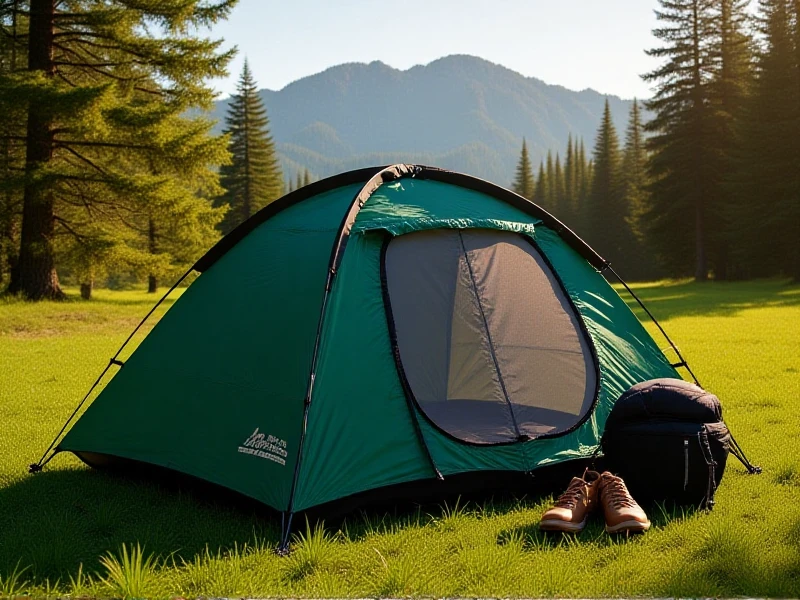
Tent Tech Breakdown: What Modern Campers Really Care About
Here's the SEO-optimized article on tents:
Hitting the trails or setting up basecamp? Your tent is mission control for outdoor adventures. Forget heavy canvas relics. Today's tents blend smart engineering, durable fabrics, and thoughtful design to keep you comfortable wherever you roam. Let's explore what genuinely matters now when choosing your shelter.
Setup Speed & Simplicity: Struggling for an hour in fading light ruins the vibe. Modern camping tents prioritize intuitive systems. Instant pop-up tents make family trips smoother, while color-coded poles and clip-fastened flies on backpacking tents speed deployment. Key brands innovate here, understanding quick shelter = quicker relaxation.
Weatherproofing Confidence: Nobody wants midnight leaks! Waterproof ratings (measured in mm hydrostatic head) are non-negotiable. Look for minimum 1500mm for the fly and bathtub floors (seam-sealed!), plus sturdy poles flexing under wind, not snapping. Solid rain protection defines a trustworthy tent.
Weight-to-Comfort Ratio: Backpackers obsess over shaving grams. Ultra-light backpacking tents (< 3 lbs) use high-tech silnylon or Dyneema, clever pole structures, and minimal extras. Car campers? Focus on spacious interiors and peak height – think standing room! Matching the tent's weight to your travel style is paramount.
Vital Ventilation: Trapped condensation feels like indoor rain. Effective mesh panels and adjustable vents managing airflow are crucial. Look for strategic mesh placement near your head and throughout the rainfly. This silent feature drastically boosts livability, especially in humid climates.
Beyond the Basics: Added touches elevate your experience. Gear lofts keep clutter off the floor. Oversized doors ease entry/exit. Vestibules store muddy boots outside. Internal pockets organize essentials. These conveniences transform a basic tent into a cozy, functional home outside.
The Right Fit: Are you solo trekking, car camping with family, or need a roomy basecamp for festivals? Solo backpacking tents prioritize portability. Family cabin tents offer space for airbeds. Consider your typical group size and terrain.
Longevity Matters: Choosing a durable tent saves money long-term. Opt for reinforced stress points, quality YKK zippers (they glide smoothly night after night), and robust pole hubs. Invest once, shelter reliably.
Camping is about connection, not gear struggles. By prioritizing ease of setup, reliable weather protection, suitable weight and space, fresh airflow, and durable construction, your camping tent becomes a seamless home base, letting you focus purely on embracing the wild. Happy camping!